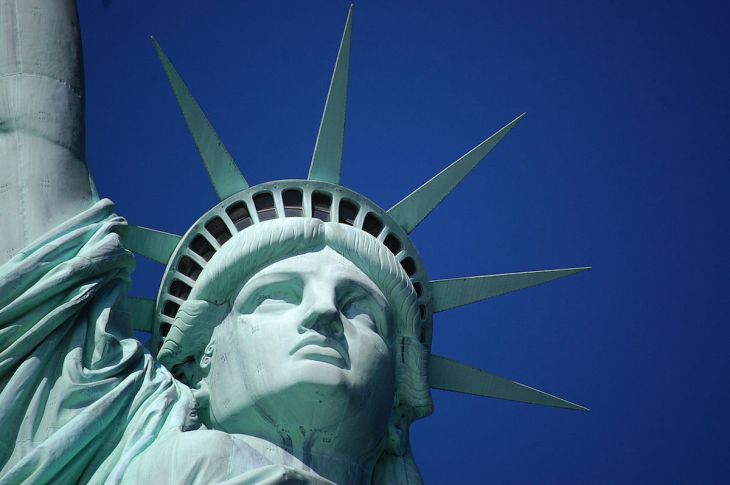
Immigration Policy
Leaving home is not an easy thing to do – both physically and emotionally.
Current United States immigration policies make people run through many steps just to acquire a visa, and citizenship can take a long time to achieve.
With what it describes as its “10 Steps to Naturalization,” the Department of Homeland Security’s U.S. Citizenship and Immigration Services (USCIS) describes the path that must be taken in order to be naturalized, which under the Constitution will give someone citizenship.
However, this comes after already applying for a visa, in addition to various other requirements, which is another lengthy process.
On the USCIS website it does not list an exact time range, but does say this:

She originally came to America when she was 19 years old, and she describes her difficulty with maintaining a visa in the video.
For years now, she has been fighting with an immigration attorney to become a naturalized citizen, but she fears there is “no end in sight.”
Travel Policy
Petra Lingenbrink has not been able to travel home in four years, since losing her previous visa status. If she does choose to leave and visit her family, she will not be allowed entry back into the U.S.
Current travel policy for immigrants is looking to be even stricter in the future, under President Trump’s proposed travel bans.
Trump’s latest “Executive Order Protecting The Nation From Foreign Terrorist Entry Into The United States” revised his earlier version.
It is now attempting to impose “a temporary pause on the entry of nationals from Iran, Libya, Somalia, Sudan, Syria, and Yemen, subject to categorical exceptions and case-by-case waivers.”
While this is alarming to many and has sparked protests in airports throughout the country (and even in other nations), federal courts are actively pushing back in favor of immigrants’ rights.
Trumps’s travel bans for those countries have been ineffective at being enforced due to this federal push-back.

Alternatively, Jim Desmond, a pliot for Delta Airlines, member of the Board of Directors for the San Diego International Airport and current mayor of San Marcos, is in favor of filtering immigration from certain countries.
He pointed out that these bans shouldn’t even really be called that because they are only temporary, and he feels that something like this should have been put in place a long time ago — particularly after the September 11, 2001 terrorist attacks.
In regard to the protests, one of which was held at the airport in San Diego, Desmond said he respects their right to protest and that “they haven’t been disruptive.” People were still able to get to and from work and flights, so he didn’t mind it.
He also believes there has been a lot of “media sensationalism” about Trump’s executive order, so much that “people don’t really fully understand it.”
Someone that does claim to understand it is Urenna Evuleocha, second year architecture major studying at California Polytechnic State University, San Luis Obispo.
Evuleocha is a United States citizen, as she was born in California, but has lived in Nigeria for several years now. She regularly experiences international travel in order to attend her university, seeing firsthand the emotions people go through in that process.
She believes that Trump is “just discriminating completely” against Muslims with his proposed executive orders on travel. It’s no coincidence that the nations he’s blocking entry from are predominantly Muslim.
“[Trump’s] part of that group of people where when they think of Islam they think of violence, but it’s not actually a violent religion … There may be a violent subculture among Muslims, but the religion itself is not violent and it makes no sense whatsoever to group them all together.” — Urenna Evuleocha
Regardless of Trump’s intent with these travel bans, the already difficult process of immigration is just stretching longer and adding new hoops to jump through.
For immigrants fleeing their homes to come to America, which is an emotionally-taxing process enough, hope can be hard to come by these days.
Still, people like Petra Lingenbrink keep pushing forward to someday finally attain that golden citizenship.